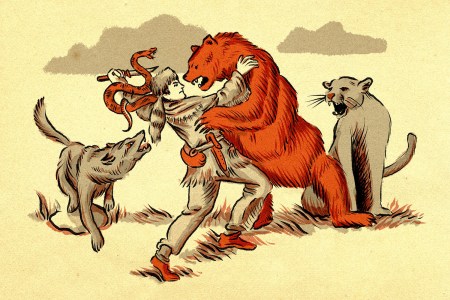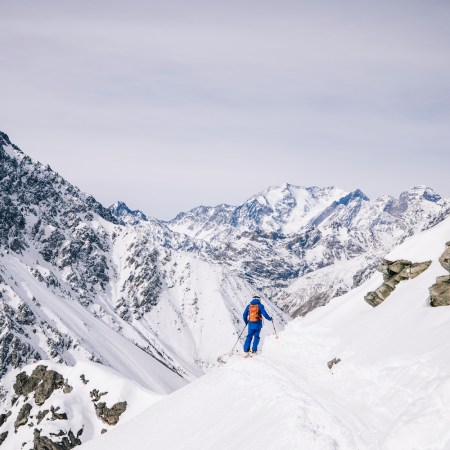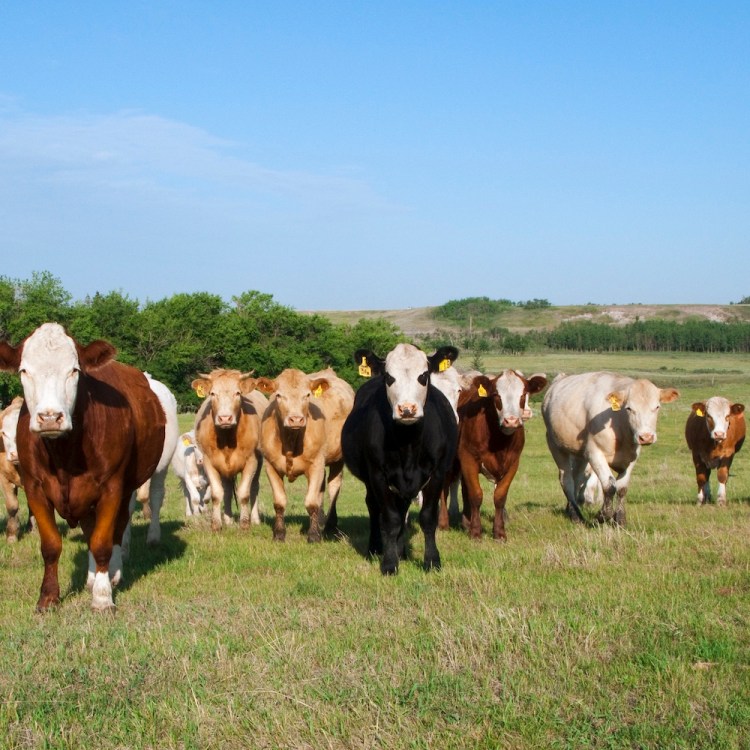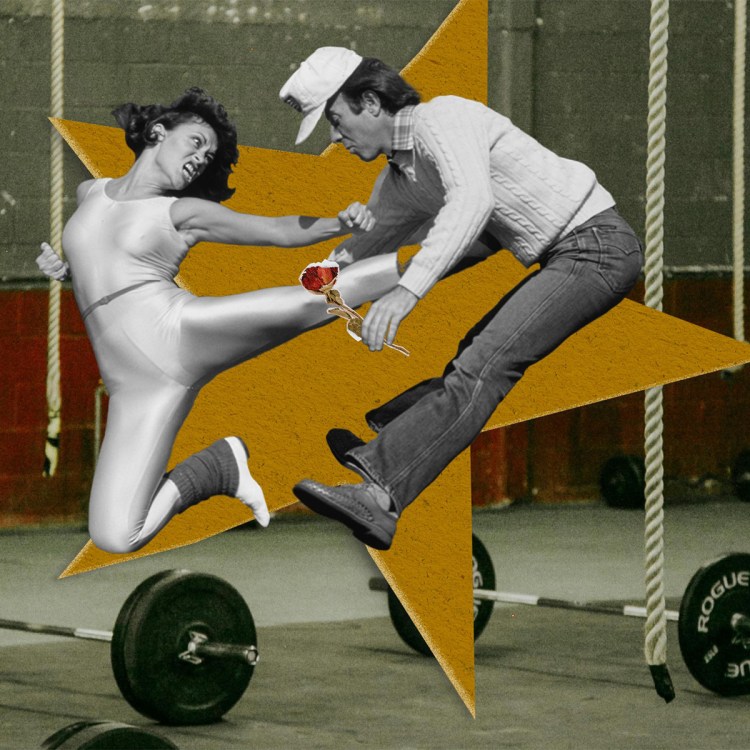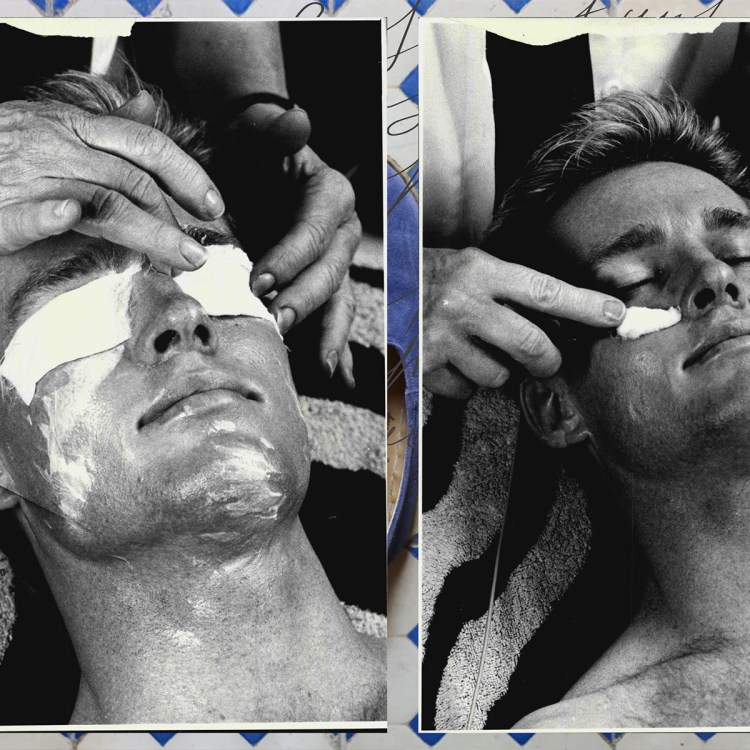This article is part of our brand-new Adventureland series, a collection of “how to” field notes from academic experts, modern explorers and endurance athletes throughout the world. From escaping bears to crossing deserts, they detail the joys of courting adventure — and their tips for surviving it.
Growing up in California, Dr. Rae Wynn-Grant — ecologist, podcast host and presenter of NBC’s Mutual of Omaha’s Wild Kingdom Protecting the Wild — was always hooked on wildlife shows. Through these TV favorites, she developed an early understanding of the importance of conversation, especially among large carnivores.
She carried her interest through a master’s degree studying lions in East Africa and was set to continue on with lions at the Ph.D. level when one of her advisors suggested a change of species: Why not join a group studying bears in the Sierra Nevadas?
“I was super, super resistant, because who doesn’t want to study lions in Africa, right?” Wynn-Grant, 39, says over the phone. At the time, back in 2010, it was believed that black bears were a new species for Nevada, a theory which has since been debunked. But in studying them, Wynn-Grant became hooked.
For five years of her Ph.D. and another three years postdoc, Wynn-Grant spent summers in Nevada, studying black bears, fitting them with GPS collars and taking DNA samples. “I was learning from the best and I was literally hands-on with these animals. It was amazing,” she says. As well as studying black bears in the Great Basin, and African lions on their home turf, she’s also studied grizzlies in and around the Greater Yellowstone Ecosystem.
You don’t spend that much time with apex predators without learning how to handle yourself. “Just by nature of the work, I had to learn how to be safe in bear territory,” she says, “whether that was capturing bears, or camping and hiking, especially when I’m by myself.”
Still, even the experts sometimes get a bit too close for comfort. “I have been scared, but I have not been hurt,” she says. “Everyone has a bear story and it’s always about hiking and seeing a bear, or a bear coming into their campsite. It’s never about accidentally seeing a bear, which I think is funny because that’s what happened to me — and I spend a lot of time looking for them.”
Why Are Men Obsessed With Imaginary Fights Against Wild Animals?
Humans are physically pathetic. But a not-insignificant number of them refuse to accept it.The time in question, Wynn-Grant was spending upwards of 10 days in the Nevada backcountry, setting a trap in order to fit a GPS collar to a black bear, and setting out from her campsite to check the trap each day. She admits that she “dropped the ball” on her safety protocols.
“It was over 100 degrees, I was just really over it one day,” she says. “I drove the ATV up the side of the canyon and I knew I wasn’t going to find a bear, so I left my backpack and my bear spray and my flashlight and my flare gun and my water. I thought it’d make me faster if I could just run up the hill to check the trap.”
As she suspected, there was no bear in the trap. She opened a can of tuna to reset the trap, turned around and… “Right in front of me was this big male black bear, who must have been watching the whole entire time,” she says. “He did a bluff charge, and I am embarrassed to say that I did all of the wrong things. The right thing to do, if you’re confronted with a black bear, is to yell at it and try to scare it while you’re backing away slowly. The last thing you want to do is run because running sends a signal that you should be chased.”
But with the bear 10 feet from her, Wynn-Grant did what most of us would do: she dropped everything and ran. “The bear chased me for 10-20 seconds but it felt to me like an eternity,” she says. “I was crying. I was stumbling down the hill. I could hear [it] right behind me, and then I couldn’t hear it anymore but I didn’t dare turn back to look. I just kept running until I got to my ATV. I jumped on, turned it on and sped away. Only then did I have the guts to look back and see the bear still up where the trap was. That bear decided not to kill me that day. I thought about it a lot and I’m pretty sure that the bear really just wanted that can of tuna fish. If I had run off with the bait it could have been a different story.”
“I really learned my lesson that I always need to follow the protocols because you absolutely never know.”
Want to avoid being chased — or worse — by a bear on your next backcountry excursion? Here’s how to live to tell the tale.
How to Survive a Bear Encounter
Stage 1: I’ve stumbled upon a bear on the trail, but it hasn’t seen me.
When hiking in remote wilderness, we know there’s every chance we’ll see a bear, but it can feel unlikely. We might have taken all the usual precautions, including carrying bear spray, and a chance encounter might still take you by surprise.
“A lot of times people think ‘The bear hasn’t seen me,’ but the bear has smelled you. Bears can smell incredibly small things from over a mile away. Polar bears can smell their prey from under the sea ice,” Wynn-Grant explains. “So if a bear doesn’t seem to be looking at you, it’s because it knows you’re there, it smelled you a mile away, and has decided it’s going to hold its ground, because there’s probably some kind of food resource there. We’re never surprising these animals — they see us, they hear us, they smell us long before we’re there.”
Agitating a bear that is purposefully standing its ground doesn’t make sense. And as Wynn-Grant explains, it can be difficult to tell from a distance if a bear is a male or female. Worst case, the bear you’ve stumbled upon could be a female ready to defend her cubs.
“The best idea is to back away,” she says. “Give them space. Don’t try to go around the bear. Go in the opposite direction. It might mean that you don’t get to hike that trail that day, or you don’t get to have that camping trip, but you’ll probably get to see your family and friends again.”
Stage 2: Oh shit, the bear’s approaching me.
If a bear is actively taking note of you, Wynn-Grant says the best thing you can do is to get out of there. “Speak or shout in a really low, resonant voice,” she says. “If you have a jacket on, lift it over your head, trying to give the vibe that you are big, you are powerful, that this animal does not want to attack you because they would lose. All the while you’re backing away slowly, showing it that you don’t want to fight.”
The step that might save your life? Don’t forget your bear spray. “When in doubt, use your bear spray,” she says. “Bear spray is great at a distance. If I notice a bear is approaching me, I’ll spray bear spray and then back away at a bit of a quicker pace.”
Stage 3: The bear is charging. Am I dead?
“There’s different advice for different species of bears,” says Wynn-Grant. “The advice for black bears is usually to fight back. Don’t throw the first punch, but if it has its paws on you, start fighting. It’s not necessarily the case that if you fight back against a black bear you’ll win, but try to punch it in the face, gouge the eyes.”
If it’s a brown bear, “the idea is to not fight back, because it’ll probably hurt you,” she says. “Play dead. We’re not a food source, so if a brown bear attacks you, it’s because it feels threatened. You need to signal that you’re not a threat. In fact, I’m so not a threat that you already killed me and I’m dead.”
Ball up to protect your organs and your neck. Stay as still as possible, don’t kick it, don’t try to wiggle away. Try and wait it out while “appearing like the most non-threatening dead person you can.”
Wynn-Grant is quick to warn that bears really don’t want to fight, and there’s maybe one story a year across the entire world of someone being forced to fight a bear, so this is absolutely an outlier.
How About Polar Bears?
You probably know the rhyme “If it’s black, fight back; if it’s brown, lay down; if it’s white, good night”. While Wynn-Grant has not yet studied polar bears, she says clashes between humans and bears usually happen in areas of the Arctic where people inadvertently draw bears in because of food resources or habitat overlap.
“Polar bears are the biggest [land-based] carnivore in the world,” she says. “They can be over 1,000 pounds, they are ferocious, and are what we call ‘obligate carnivores,’ which means they don’t eat berries and root vegetables, they only kill and eat meat. That’s their vibe. The idea is to never be close to a polar bear; you have to really think twice about hiking in the Arctic because you’re taking your life into your own hands entering polar bear habitat.”
As should be clear, you won’t win a fight with a polar bear. And if you play dead, you’re likely to get eaten. “If you see a polar bear, get out of there, quickly — ideally on a vehicle,” says Wynn-Grant. “If a polar bear is attacking you, there isn’t much advice other than ‘Good luck.’”
The Best Way to Avoid Conflict With Bears
Ultimately, Wynn-Grant stresses that bears get a bad rap in the media because it’s generally only the bloody encounters that are reported on, when in fact roughly 44 grizzly bear attacks occur worldwide each year, the majority of which result from females trying to protect their young. And in North America, black bears kill less than one person per year on average.
“Humans are responsible for ourselves, but we’re also responsible for the experiences of wild animals,” she says. “They only attack us when they feel threatened by us, and we’re in complete control of that. As long as we’re not being selfish, as long as we’re thinking about these animals that lived on this land before we did, then usually we’re all able to have a great time.”
The Charge will help you move better, think clearer and stay in the game longer. Subscribe to our wellness newsletter today.

